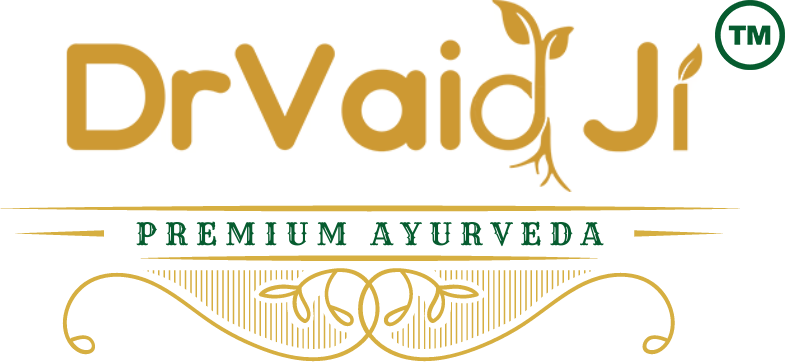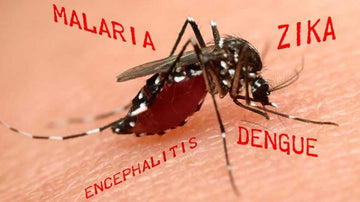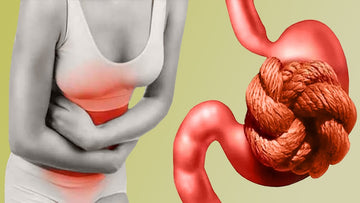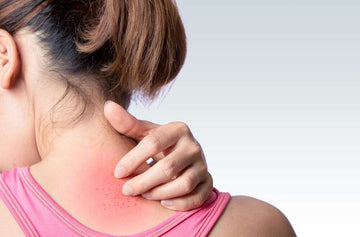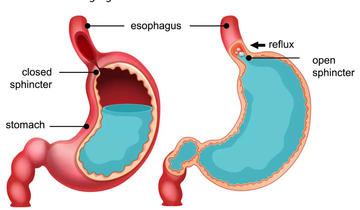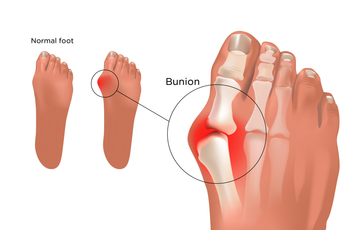
A bunion (hallux valgus) is a bony bump that forms at the base of the big toe, causing it to deviate towards the other toes. This misalignment can lead to discomfort, swelling, pain, and difficulty in walking. It is commonly caused by wearing tight or narrow shoes, genetic predisposition, or conditions like arthritis.
• Abhyanga (oil massage): Massaging the feet with warm medicated oils like sesame oil or mahanarayan oil can help reduce pain and inflammation.
• Kizhi (herbal compress): Herbal poultices made from anti-inflammatory herbs can be applied to relieve swelling.
• Vasti (enemas): Certain types of Vasti can help in managing Vata-related issues affecting the joints and bones.
2. Herbs and External Applications:
• Eranda (Castor oil): Applying castor oil on the bunion may reduce stiffness and pain.
• Guggulu-based formulations: Guggulu (Commiphora mukul) helps in reducing inflammation and improving joint health.
• Turmeric paste: Applying a paste made from turmeric and water may help reduce inflammation due to its anti-inflammatory properties.
• Shallaki (Boswellia serrata): Known for its joint-healing properties, it can help reduce inflammation.
3. Internal Medications:
• Ashwagandha (Withania somnifera): This helps in balancing Vata dosha and improves bone health.
• Dashmool: A classical Ayurvedic formulation that helps in reducing pain and inflammation in the joints.
• Guduchi (Tinospora cordifolia): Known for its anti-inflammatory properties, it can help treat swelling and inflammation.
4. Lifestyle and Yoga:
• Padabhyanga (Foot massage): Regular oil massage to the feet can help prevent the progression of bunions.
• Yoga asanas: Gentle stretches, especially those focused on the toes and feet, like Tadasana and Padangusthasana, can help reduce pain and improve flexibility.
• Warm, moist, and nourishing foods: Include soups, stews, and cooked vegetables.
• Healthy fats: Ghee, olive oil, and sesame oil help nourish the joints.
• Anti-inflammatory foods: Turmeric, ginger, and black pepper are excellent for reducing inflammation.
• Calcium-rich foods: Almonds, sesame seeds, and green leafy vegetables can help strengthen bones.
• Whole grains: Include grains like quinoa, brown rice, and oats, which are grounding and help balance Vata.
• Excessively salty or sour foods: These can increase inflammation.
• Refined sugars and fried foods: These can worsen swelling and joint stiffness.
By combining the right Ayurvedic treatments, diet, and lifestyle changes, bunion discomfort can be alleviated, and further progression may be prevented.
Ayurvedic Perspective on Bunions
In Ayurveda, bunions can be seen as an imbalance of Vata dosha, which affects the bones and joints, leading to deformities. An imbalance in Kapha dosha can also contribute to inflammation and swelling in the affected area.Ayurvedic Treatments for Bunions:
1. Panchakarma Therapy:• Abhyanga (oil massage): Massaging the feet with warm medicated oils like sesame oil or mahanarayan oil can help reduce pain and inflammation.
• Kizhi (herbal compress): Herbal poultices made from anti-inflammatory herbs can be applied to relieve swelling.
• Vasti (enemas): Certain types of Vasti can help in managing Vata-related issues affecting the joints and bones.
2. Herbs and External Applications:
• Eranda (Castor oil): Applying castor oil on the bunion may reduce stiffness and pain.
• Guggulu-based formulations: Guggulu (Commiphora mukul) helps in reducing inflammation and improving joint health.
• Turmeric paste: Applying a paste made from turmeric and water may help reduce inflammation due to its anti-inflammatory properties.
• Shallaki (Boswellia serrata): Known for its joint-healing properties, it can help reduce inflammation.
3. Internal Medications:
• Ashwagandha (Withania somnifera): This helps in balancing Vata dosha and improves bone health.
• Dashmool: A classical Ayurvedic formulation that helps in reducing pain and inflammation in the joints.
• Guduchi (Tinospora cordifolia): Known for its anti-inflammatory properties, it can help treat swelling and inflammation.
4. Lifestyle and Yoga:
• Padabhyanga (Foot massage): Regular oil massage to the feet can help prevent the progression of bunions.
• Yoga asanas: Gentle stretches, especially those focused on the toes and feet, like Tadasana and Padangusthasana, can help reduce pain and improve flexibility.
Foods Beneficial for Bunions:
Ayurveda emphasizes balancing the Vata dosha to treat bunions. Foods that help reduce Vata and Kapha can be beneficial.• Warm, moist, and nourishing foods: Include soups, stews, and cooked vegetables.
• Healthy fats: Ghee, olive oil, and sesame oil help nourish the joints.
• Anti-inflammatory foods: Turmeric, ginger, and black pepper are excellent for reducing inflammation.
• Calcium-rich foods: Almonds, sesame seeds, and green leafy vegetables can help strengthen bones.
• Whole grains: Include grains like quinoa, brown rice, and oats, which are grounding and help balance Vata.
Foods to Avoid:
• Cold, dry, and processed foods: These can aggravate Vata and Kapha dosha.• Excessively salty or sour foods: These can increase inflammation.
• Refined sugars and fried foods: These can worsen swelling and joint stiffness.
By combining the right Ayurvedic treatments, diet, and lifestyle changes, bunion discomfort can be alleviated, and further progression may be prevented.
